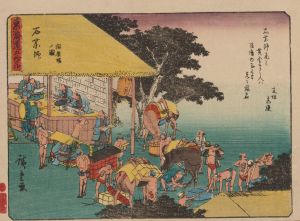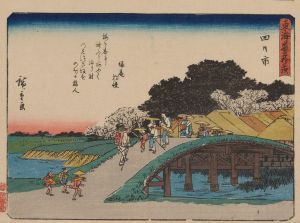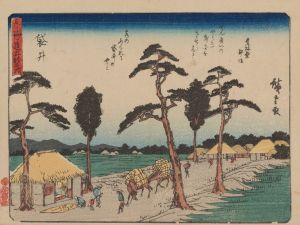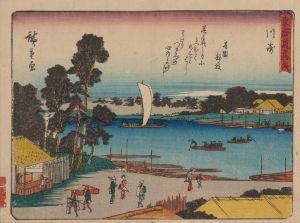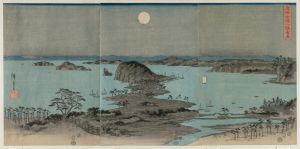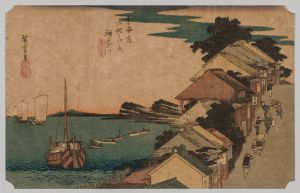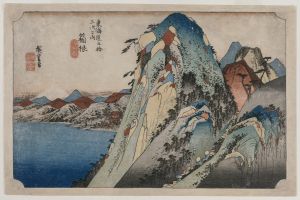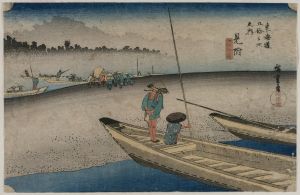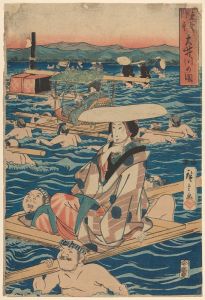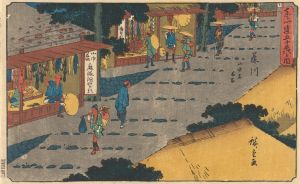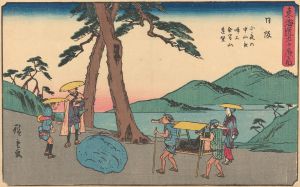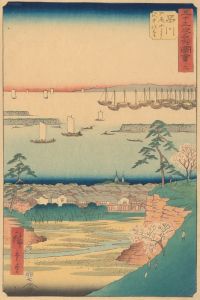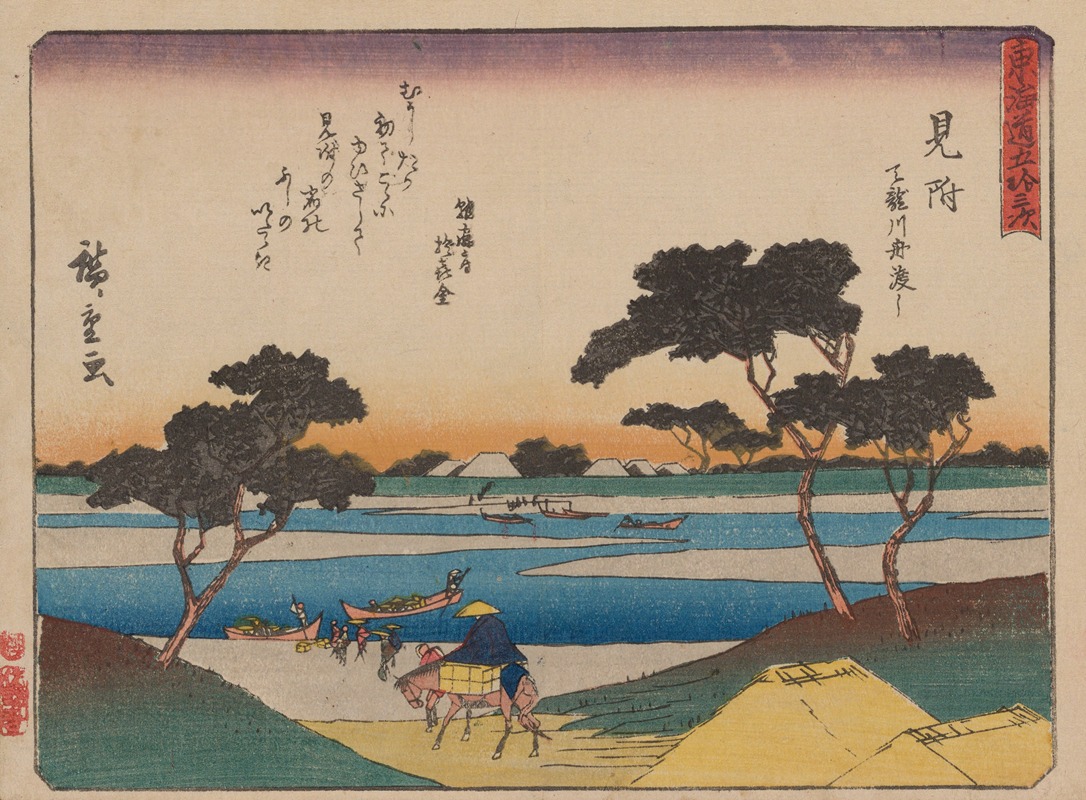
Tokaido gojusantsugi, Pl.29
A hand-painted replica of Andō Hiroshige’s masterpiece Tokaido gojusantsugi, Pl.29, meticulously crafted by professional artists to capture the true essence of the original. Each piece is created with museum-quality canvas and rare mineral pigments, carefully painted by experienced artists with delicate brushstrokes and rich, layered colors to perfectly recreate the texture of the original artwork. Unlike machine-printed reproductions, this hand-painted version brings the painting to life, infused with the artist’s emotions and skill in every stroke. Whether for personal collection or home decoration, it instantly elevates the artistic atmosphere of any space.
Tokaido gojusantsugi, Pl.29 by Andō Hiroshige
"Tokaido gojusantsugi, Pl.29" is a woodblock print created by the renowned Japanese ukiyo-e artist Andō Hiroshige (1797–1858). This artwork is part of Hiroshige's celebrated series titled The Fifty-Three Stations of the Tōkaidō (Tōkaidō Gojūsan-tsugi no Uchi), which was first published in the 1830s. The series depicts the fifty-three post stations along the Tōkaidō, the main travel route connecting Edo (modern-day Tokyo) and Kyoto during the Edo period in Japan. Each print in the series portrays a specific station, capturing the landscapes, daily life, and travel culture of the time.
Plate 29 corresponds to the station of Mitsuke, one of the fifty-three post stations on the Tōkaidō. Mitsuke was located in present-day Iwata City, Shizuoka Prefecture, and was known for its proximity to the Tenryū River. The print illustrates travelers crossing the river, which was a significant feature of this station. During the Edo period, bridges were often absent on major rivers, requiring travelers to cross by ferry or wade through shallow areas. Hiroshige's depiction of Mitsuke captures this aspect of travel, emphasizing the challenges and natural beauty encountered along the journey.
Hiroshige's The Fifty-Three Stations of the Tōkaidō series is widely regarded as a masterpiece of ukiyo-e art. The series was created using the nishiki-e (brocade print) technique, which involved multi-colored woodblock printing. Hiroshige's innovative use of perspective, composition, and color brought a new level of sophistication to landscape prints, influencing both Japanese and Western art. His works played a significant role in the development of Japonisme, a movement that inspired European artists such as Vincent van Gogh and Claude Monet in the 19th century.
The Tōkaidō series was immensely popular during Hiroshige's lifetime and remains one of the most iconic representations of Japanese art and culture. Plate 29, like the other prints in the series, offers a glimpse into the historical and cultural context of travel during the Edo period, showcasing Hiroshige's ability to blend realism with poetic expression.
No additional historical details specific to Plate 29 are available beyond its inclusion in the series and its depiction of Mitsuke Station.






